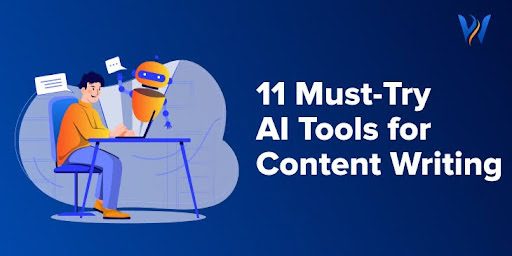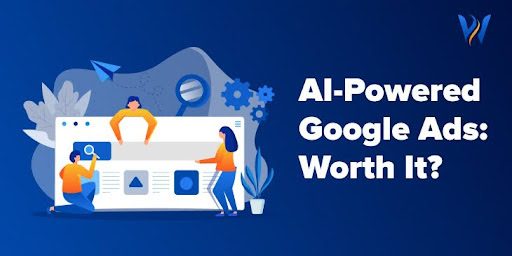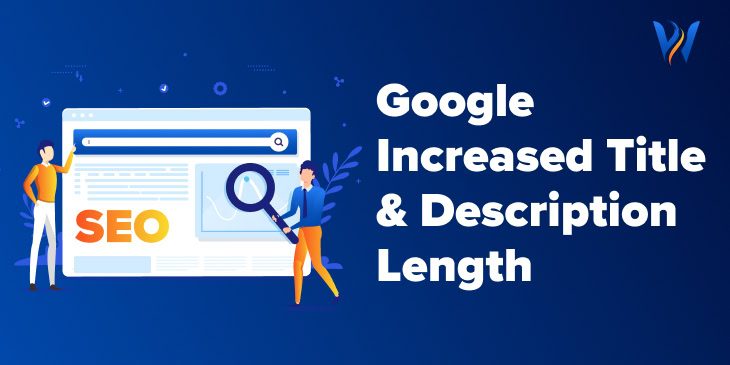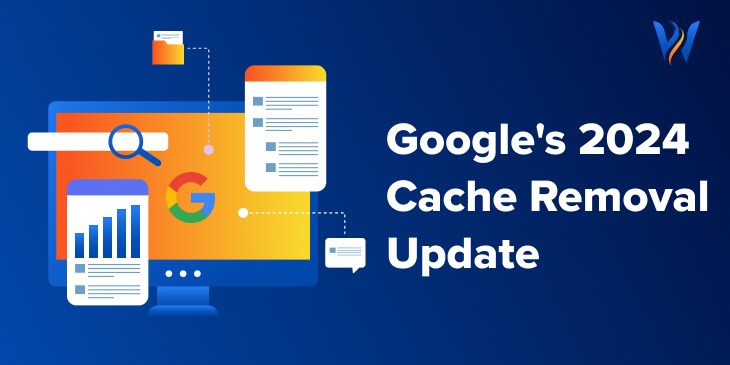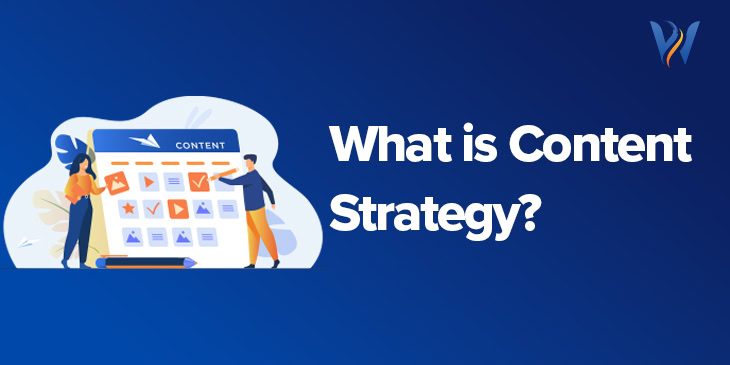Online shopping is changing fast in 2025. People are finding products in new ways, from using their voice to snapping a quick photo.
Search engines are getting smarter, using AI to show results that feel almost human.
Did you know that Google Lens handles nearly 20 billion visual searches every month, with many of those tied to shopping? That means online stores need to think differently about how they appear in search results.
Staying visible now takes more than keywords—it takes understanding how search itself is evolving.
Here’s what’s driving these changes and how they affect online businesses today.
How People Find Products Is Changing
The way people look for things online has taken a big leap forward. Instead of typing long searches, many users now speak to their phones or use pictures to find what they want.
A person might take a photo of sneakers they like and ask Google, “Where can I buy these?” Within seconds, they get shopping links, reviews, and prices. That’s multimodal search in action—mixing text, image, and voice in one experience.
This shift means stores have to think about how shoppers actually discover their products. It’s no longer enough to rank on a plain text page. Product photos, descriptions, and details all need to help the search system “see” and understand what’s being sold.
Here’s what helps today:
- Clear product photos from multiple angles
- Simple language that describes colors, materials, and features
- Fast-loading pages that look good on phones
- Structured data tags that tell search engines what’s on each page
These small steps help with ecommerce SEO optimization because they make your site easy for both people and machines to understand.
For example, if a shopper uses Google Lens to find a red dress, your store’s photo should match that color and include the right tags. When the search engine recognizes the product, your listing can appear higher in results.
The big takeaway? Online search is becoming more visual, faster, and smarter. To stay ahead, stores need to make their websites ready for pictures, voices, and videos—not just typed words. That’s the new face of ecommerce search engine optimisation in 2025.
What “AI Overviews” Mean for Online Stores
Imagine a shopper asking Google, “What are the best running shoes for flat feet?” Instead of a list of links, Google’s AI Overviews now gives a complete summary right on the search page. It explains what to look for, lists top brands, and sometimes even pulls prices or product names—all before the shopper clicks anywhere.
That sounds helpful for the user, but it changes how stores get seen. Fewer clicks mean your website has to earn its spot inside those AI summaries. The good news is that Google still shows links to trusted, detailed pages. That’s where strong e commerce SEO comes in.
Here’s how stores can improve their chances:
- Write clear, fact-based content that answers questions directly.
- Use structured data so Google can understand your products.
- Keep product pages updated with real information, not copied text.
- Include helpful details like return policies, sizes, and shipping times.
These steps tell the search engine your site is reliable and worth showing inside AI results. When your information appears there, you don’t just gain clicks—you gain authority.
It also helps to post expert insights, reviews, or comparison guides. These pages often become sources that AI pulls from, boosting your visibility even when users don’t click.
That’s the heart of ecommerce SEO marketing in 2025: being part of the answer, not just part of the search results.
So, instead of worrying about every click, think about how your store can show up in the smartest places—the ones that users trust first. The goal isn’t to beat AI. It’s to work with it.
Why Fewer Clicks Doesn’t Mean Less Opportunity
Some store owners worry when they hear “zero-click searches.” It sounds like bad news. But in reality, fewer clicks can still mean more reach—if your information is visible in the right way.
When Google or Bing gives instant answers, they often pull data from well-organized sites. That’s your chance to shine. If your product info, reviews, and prices appear in those snippets, shoppers still see your brand. It’s free visibility without paying for ads.
Here’s how to make it work:
- Add rich product snippets with reviews, pricing, and shipping info.
- Use short, clear answers for common product questions.
- Keep your brand voice friendly and easy to understand.
- Update listings often so they always show the latest details.
Good ecommerce SEO services can help with this by testing how your products show up across search platforms. You’ll learn which keywords or product details perform best and adjust accordingly.
Also, focus on conversions, not just clicks. When users do visit your site, make sure it’s worth their time. Fast checkout, clear product photos, and simple returns all help turn that rare click into a sale.
So, while the click count may go down, your reach and trust can go up. Smart stores are learning to treat every search impression as a chance to be remembered. That’s the new kind of success in 2025.
2025 Ecommerce SEO Trends That Shape the Future of Search
Search is changing faster than ever in 2025. Every year brings new updates, new tools, and new ways people discover products online. But this year feels different. The rise of artificial intelligence (AI), smarter search engines, and zero-click results is changing how stores get found and how shoppers decide what to buy.
These shifts don’t mean the end of SEO—they mean a smarter, more flexible version of it. If you run an online store, this is the time to understand how e commerce SEO is evolving and what you can do to stay visible.
The following are top key trends shaping the future of online search and what actions can help you stay ahead.
1. AI Overviews Are Rewriting Search Results
AI Overviews—Google’s AI-powered summaries at the top of search results—are now one of the biggest changes in online visibility. They answer user questions in full paragraphs right on the search page. Many users find what they need without scrolling down or clicking a single link.
For ecommerce stores, that sounds tricky. But it’s also a big opportunity. Google’s AI Overviews pull answers, links, and facts from trusted websites. If your store provides clear, high-quality information, you can be featured right inside those summaries.
Here’s what helps:
- Write clear, short answers to common product questions. For example, “How to choose a laptop for students” could lead to a guide on your site.
- Add structured data like price, size, and reviews so AI can read your page correctly.
- Keep content factual and current. AI systems prefer fresh, reliable information.
Think of AI Overviews as a new front window for your business. If your content is helpful, it can appear directly in front of thousands of searchers—even when they don’t click a link.
2. Visual and Voice Search Are Growing Fast
People are using pictures, voice commands, and even screenshots to find what they want. That’s called multimodal search—mixing text, visuals, and speech in one process.
For example, a shopper might take a photo of shoes they like, ask, “Find me these in blue,” and get instant shopping results. Tools like Google Lens and Circle to Search make that process simple.
To prepare, stores should:
- Use high-quality product images with accurate file names and ALT text.
- Describe every image with clear words that match real shopper searches.
- Include key details in product titles and captions (brand, size, color, use).
- Keep pages mobile-friendly, since many visual searches happen on phones.
Optimizing for voice is just as important. Voice searches sound more like natural speech, such as “Where can I buy eco-friendly water bottles?” Writing content that answers full questions helps your store appear in these results.
This trend fits perfectly with ecommerce SEO optimization. It’s about making your store easy to find and understand—no matter how people search.
3. Zero-Click Searches Are Common, But Still Valuable
In 2025, zero-click searches are becoming the norm. That means users find their answer right on the search results page instead of visiting a website. Some business owners see this as a loss, but it’s actually a shift in how visibility works.
If your store’s data shows up in rich snippets, shopping boxes, or AI answers, you’re still building awareness. People see your brand, remember it, and may come back later to buy.
To make zero-click work for you:
- Add schema markup for products, reviews, and pricing.
- Update titles and meta descriptions often to match user intent.
- Monitor your search appearance in Google Search Console to spot changes.
- Create short FAQ sections that answer specific shopper questions.
Even without a click, every impression matters. Shoppers may not visit right away, but they’ll recognize your brand when they see it again.
That’s the heart of ecommerce SEO marketing—showing up in all the right places consistently, so buyers build trust with your store.
4. Search Engines Want Clear, Reliable Data
Search systems today are powered by large language models (LLMs). These AI systems read huge amounts of text to understand topics and provide better answers. If your website speaks clearly and follows best practices, those systems can read and share your information correctly.
This idea—optimizing content for LLMs—is becoming a key skill for 2025. It means writing content that AI tools can easily understand and summarize.
Here’s how to do it:
- Use short sentences and simple words that explain exactly what your product does.
- Break content into clear sections with headings and bullet points.
- Include verified details like measurements, materials, or shipping policies.
- Avoid filler words and long introductions. Get to the point quickly.
This helps both humans and machines read your content easily. The clearer your message, the better your chances of being cited in AI search responses or product summaries.
It’s like giving your website a clear voice—one that both customers and search engines trust.
5. User Experience Still Drives Rankings
No matter how advanced search becomes, people still want fast, easy, and enjoyable websites. A slow or confusing site pushes customers away, no matter how good your SEO is.
In 2025, performance metrics like Core Web Vitals (speed, stability, and interactivity) still matter a lot. Google measures how quickly your page loads, how soon users can tap or scroll, and how smoothly everything works on mobile.
To improve performance:
- Compress large images without losing quality.
- Reduce pop-ups or heavy scripts that slow down pages.
- Keep menus simple and make checkout fast.
- Test your site often using Google PageSpeed Insights or Lighthouse.
Good design builds trust. When users enjoy browsing your site, they stay longer and buy more. That’s why experience is now a central part of ecommerce search engine optimisation—it connects technical quality with real-world sales.
6. Fresh, Helpful Content Wins Attention
Search engines reward content that answers real questions. In 2025, that means focusing less on keyword stuffing and more on clarity, depth, and accuracy.
Every product page, blog post, and category should aim to help the reader, not just rank higher. Google’s AI looks for signals of trust and helpfulness.
To make your content stand out:
- Write clear descriptions that match what people actually search for.
- Keep articles updated when trends, prices, or inventory change.
- Use data and examples to support claims (e.g., “Our running shoes last over 500 miles”).
- Include internal links to related pages for easy navigation.
When you show consistent value, your store becomes a trusted resource. And the more Google trusts your content, the higher it can appear—sometimes even inside AI Overviews or zero-click results.
7. The Rise of Personalized and Localized Search
AI-driven personalization is changing how people see search results. In 2025, two shoppers can type the same query and get completely different results based on their history, location, and preferences.
This means local and personalized SEO are more important than ever. If your business has physical stores or ships regionally, you need to be visible for nearby customers.
Tips for success:
- Keep your Google Business Profile updated with correct hours and addresses.
- Add location-based keywords to product and service pages.
- Encourage customer reviews—they help search engines verify your reputation.
- Use regional pricing or promotions to connect with nearby buyers.
These efforts also support ecommerce SEO services that focus on growing local reach. When customers see accurate local info, they’re more likely to visit, call, or buy.
8. Data Privacy and Transparency Matter
Consumers are becoming more cautious about how their data is used. Search engines are responding by rewarding websites that are clear, honest, and privacy-safe.
Your site should clearly explain how data is collected, stored, and used. Avoid aggressive tracking or unclear opt-ins. A visible privacy policy builds trust with both users and search algorithms.
Being transparent doesn’t just protect you—it strengthens your brand’s credibility. That trust makes people more likely to click, engage, and recommend your store.
9. Analytics and AI Tools Are Key for Strategy
Understanding SEO performance has always been important, but in 2025, analytics powered by AI give even deeper insights. These tools can now predict trends, spot ranking issues, and even suggest keyword updates automatically.
Use these tools to monitor:
- Which products appear in AI summaries or snippets
- How voice or image searches drive traffic
- What keywords bring high-quality visitors
- How users behave once they land on your site
By learning from real data, you can adjust quickly and keep improving. SEO isn’t about guessing—it’s about testing and adapting based on what works.
The Future: AI, Automation, and Smarter Stores
Looking ahead, AI will continue to shape search in every way. From automated content creation to instant translations and predictive shopping, technology is bringing faster and smarter experiences to both shoppers and sellers.
But one thing stays the same—trust. The stores that provide honest, clear, and helpful information will always perform best.
The future of SEO isn’t scary. It’s exciting. It’s a chance to connect with people in ways that feel natural, personal, and useful.
By combining strong writing, structured data, and a friendly user experience, your store can thrive in this new era of smart search.
Conclusion
2025 is the year SEO becomes truly intelligent. From AI overviews to multimodal search and zero-click results, the rules of online visibility are changing fast.
These trends and personalization all push businesses to create clearer, faster, and more trustworthy online experiences.
But the goal remains the same: help people find what they need quickly and clearly.
The key to success is balance—understanding technology while staying human in how you communicate. When done right, SEO becomes less about algorithms and more about helping real people find what they need quickly and confidently.
Stay curious, keep your content fresh, and build trust with every detail on your site. With the right approach to SEO, your store can stay ahead of every change—and reach more shoppers than ever.
For expert help making it happen, reach out to Web India Inc., your trusted partner for smarter ecommerce growth.


